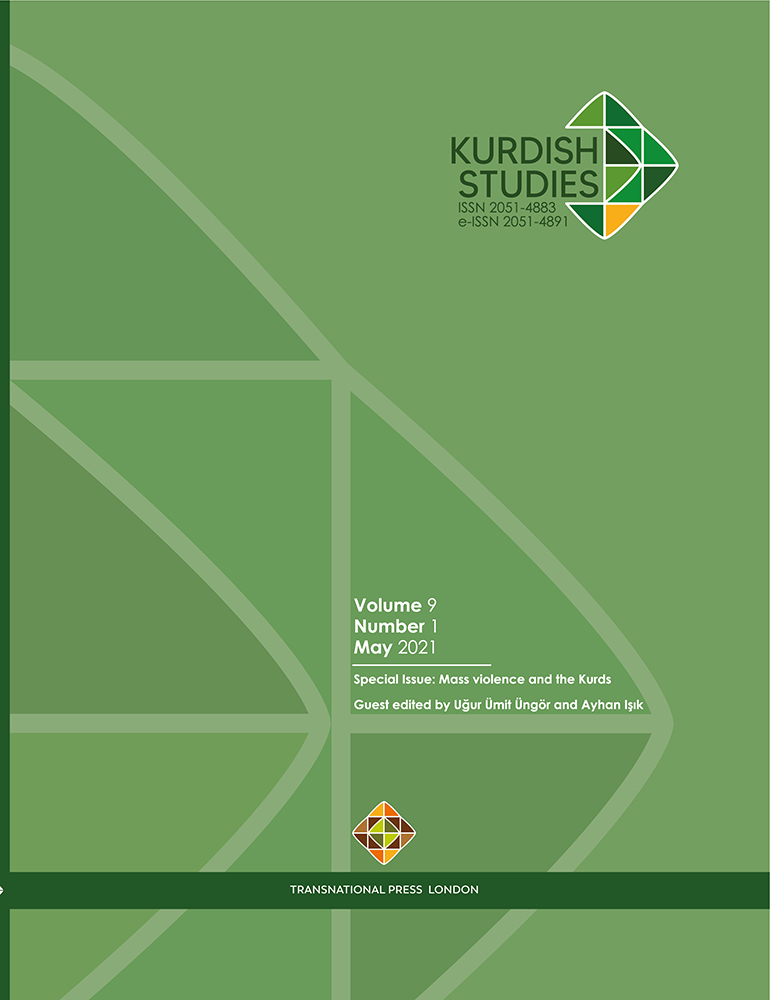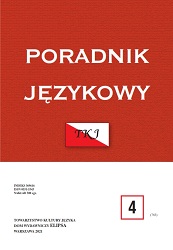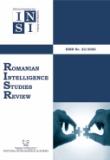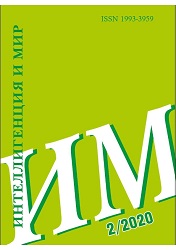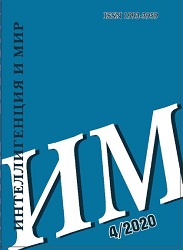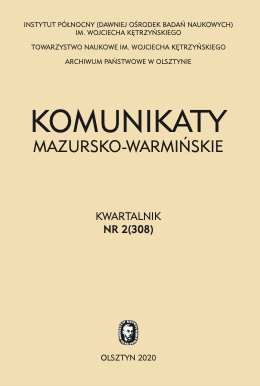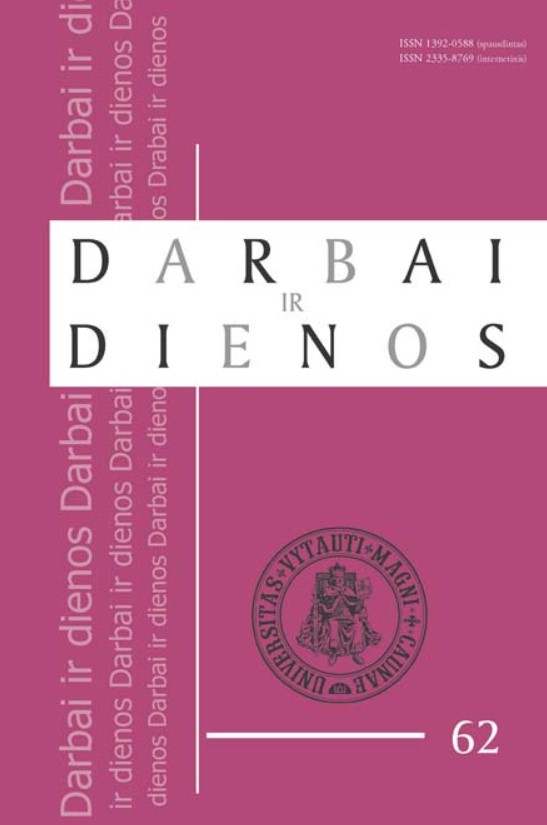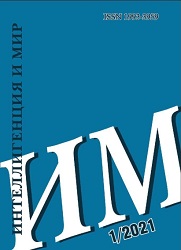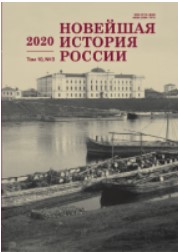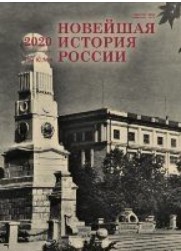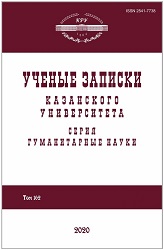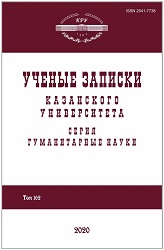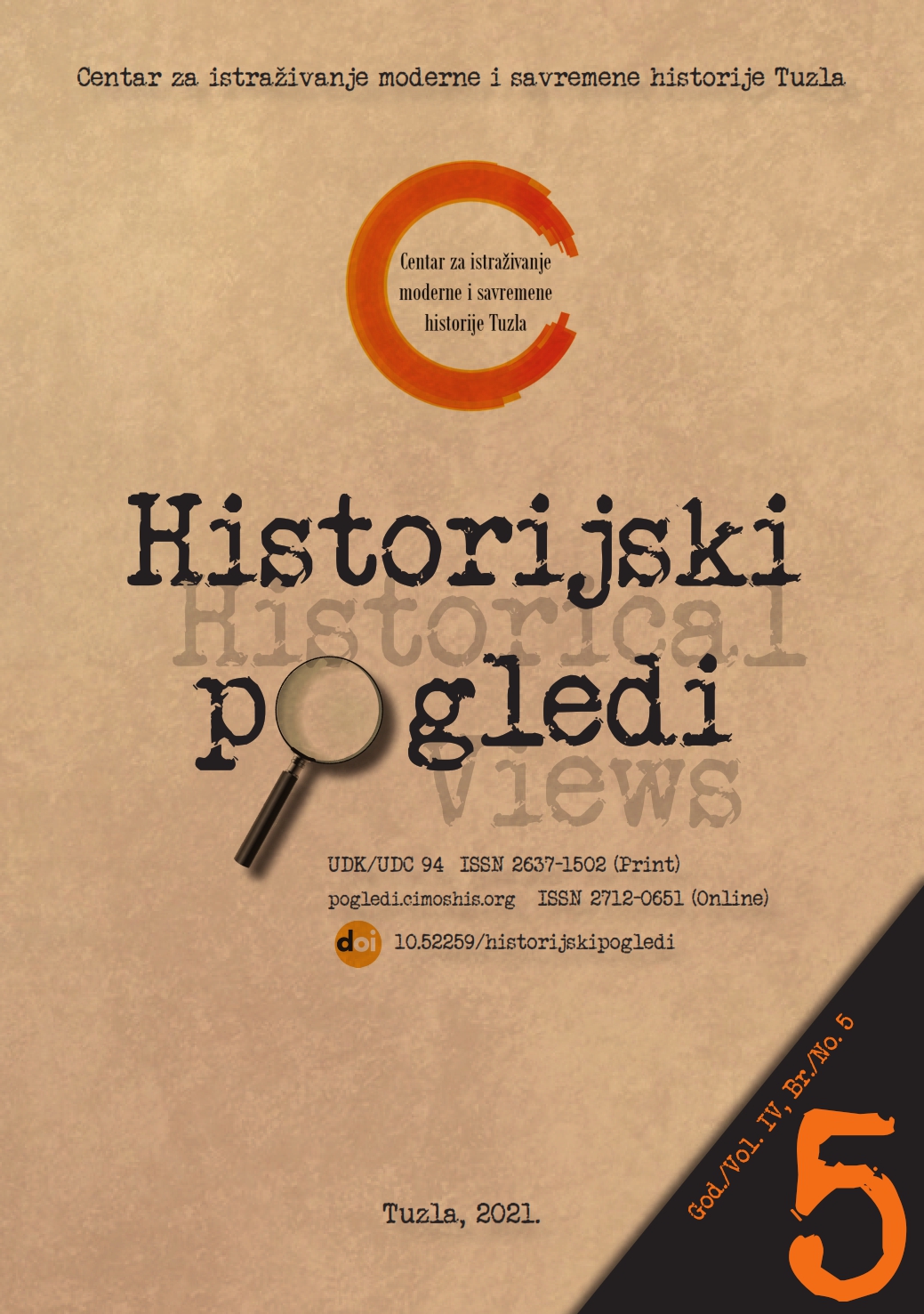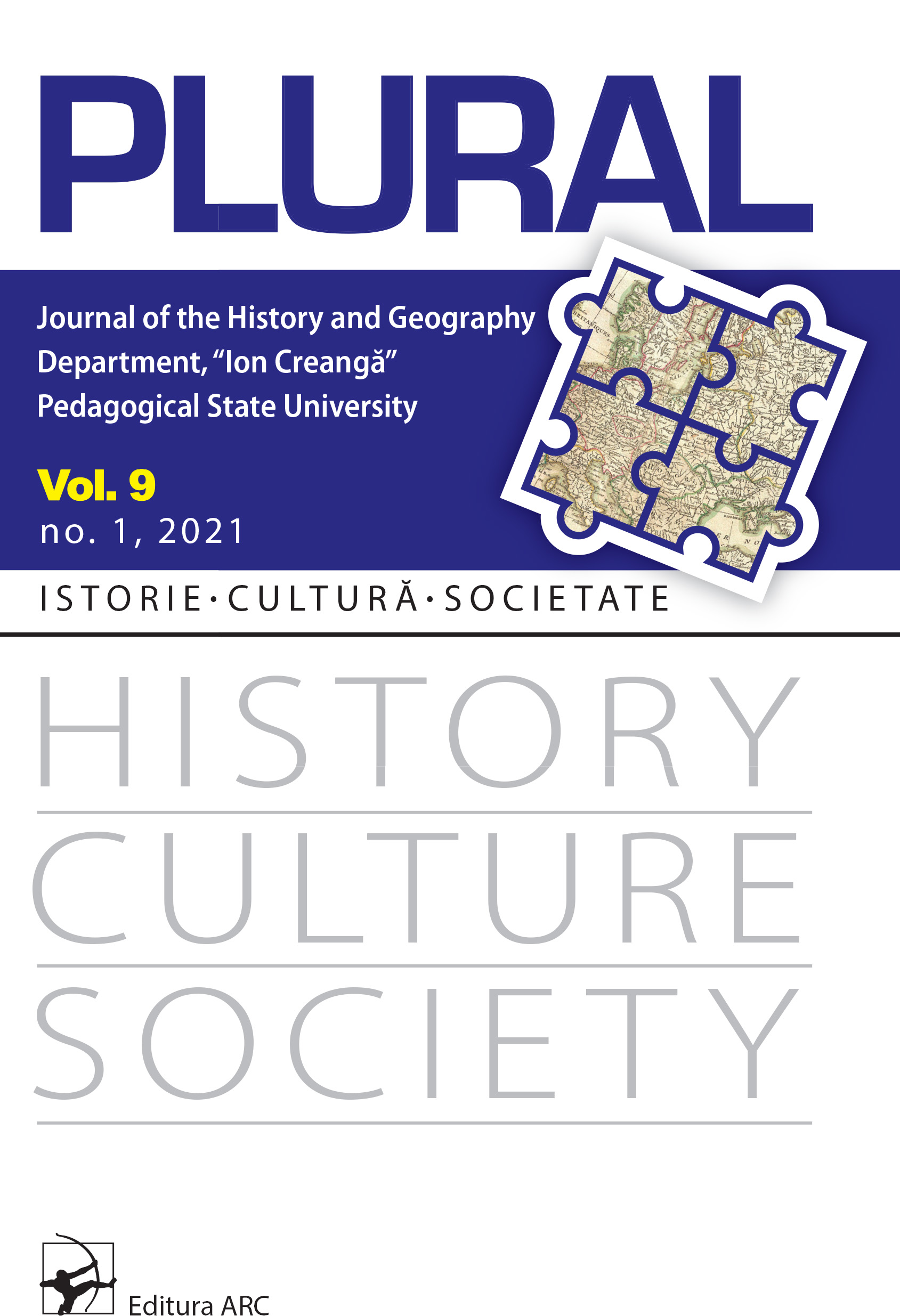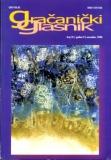Author(s): Denis Bećirović / Language(s): Bosnian,Croatian,Serbian
Issue: 5/2021
Based on archival material and relevant literature, this text analyses and presents the activities of the labour movement in Bosnia and Herzegovina in the first years after the end of the First World War. During this period, the struggle for workers'rights, mostly through strike actions, resulted, among other things, in an increase in wages, the introduction of eight-hour working days in most companies, the exercise of the right to elect workers' commissioners and trade unions. The workers managed to get other benefits related to the economic position of the workers, such as retail co-operatives, apartments, assistance in purchasing work suits, etc. Workers' representatives fought for a radically better position and a new place in society. In addition to eight-hour working days, higher wages and other demands to improve the material position of workers, strikes against the political disenfranchisement of workers were conducted during this period, as well as for political freedoms and democratisation of political life in the country. During 1919 and 1920, several strikes about pay were organised by miners, construction workers and metalworkers in the forest industry, catering workers and employees in Sarajevo, Tuzla, Bijeljina, Brčko, Zenica, Breza, Mostar, Zavidovići, Dobrljin, Lješljani, Maslovarama and Rogatica. It was part of over 125 strikes by workers in Bosnia and Herzegovina during the period of legal activity of the Socialist Labour Party of Yugoslavia (SLPY) (c), i.e. the Communist Party of Yugoslavia (CPY) and its close trade unions. At the initiative of the SLPY (c) and united syndicates, public political assemblies were organised in Sarajevo, Tuzla, Zenica, Mostar, Brčko, Derventa, Vareš and Drvar, at which demands were put forward to dissolve the authorities, and organise democratic elections for the Constituent Assembly and demobilise the army. The aggravation of the political situation in the first post-war years was noticeable in many local communities in Bosnia and Herzegovina. In a number of cities in Bosnia and Herzegovina, there were physical confrontations between workers and security bodies of the Kingdom of Serbs, Croats and Slovenes. One such example occurred, in Zenica in mid-October 1920, when police banned the Communists' attempt to hold an assembly despite a previously imposed ban. On that occasion, the gathered mass of 2,500 workers refused to disperse and demanded that the assembly be held. After the police and the gendarmerie tried to disperse the gathered workers, there was open conflict. Workers threw stones at security officials, and they responded by firing firearms. The rally was eventually broken up, one worker was wounded and twelve workers were hurt during a clash with police. Owing to the increasing engagement of workers' representatives, the political situation in Bosnia and Herzegovina worsened. It was not uncommon to have open conflicts between workers and government officials. After the collapse of the Husino uprising, the position of workers deteriorated. Also, this paper discusses the impact of the revolutions in Eastern and Central Europe on the labour movement in Bosnia and Herzegovina.
More...
